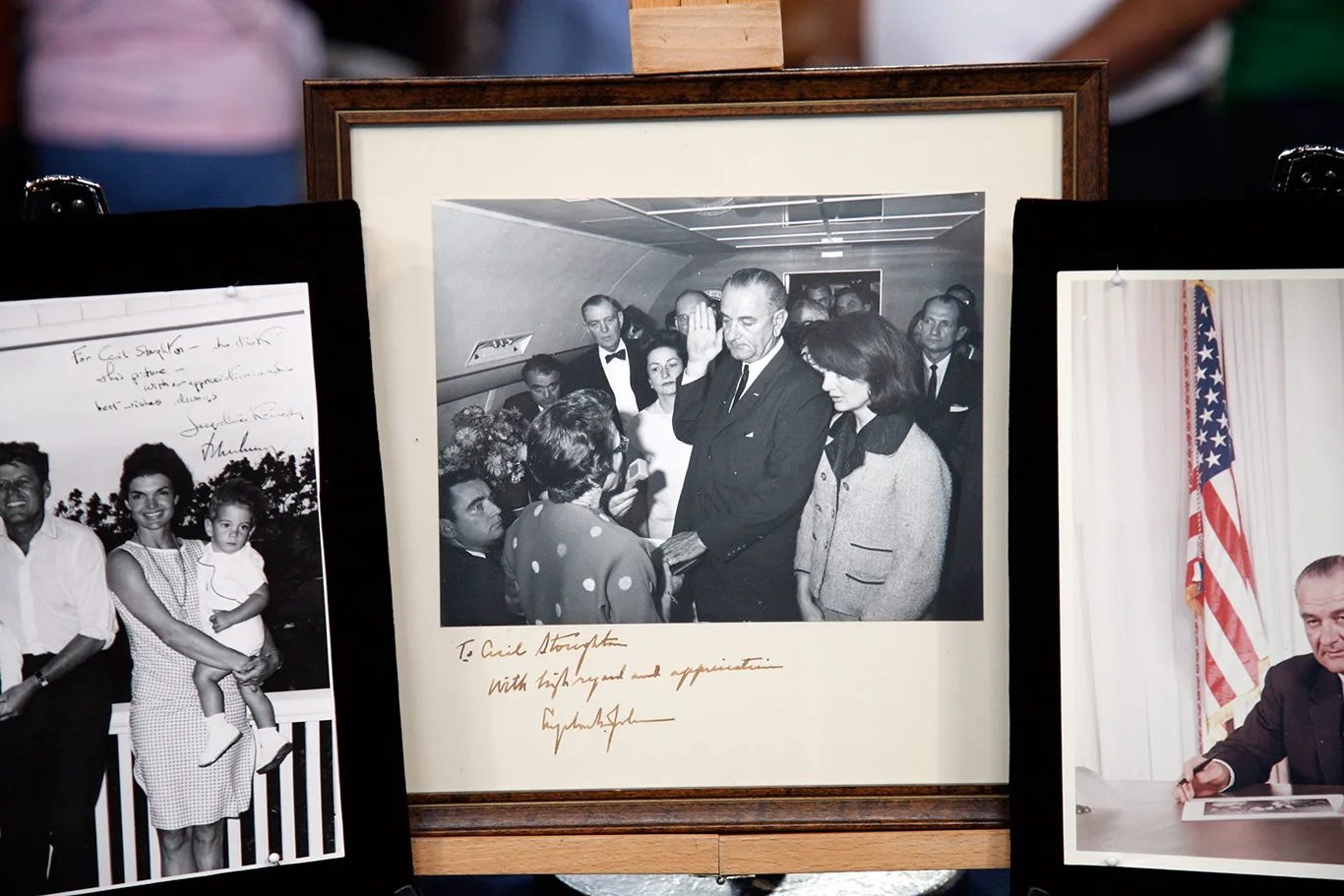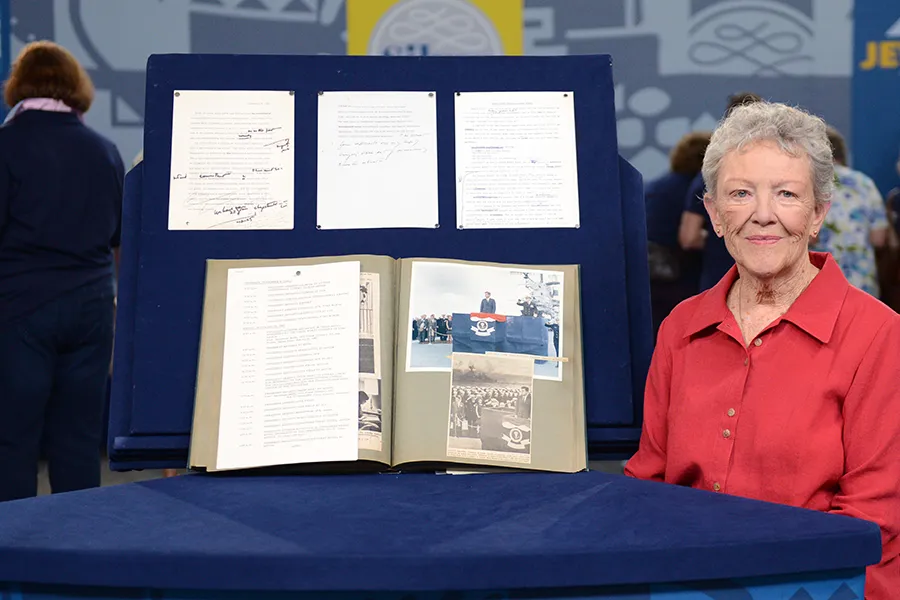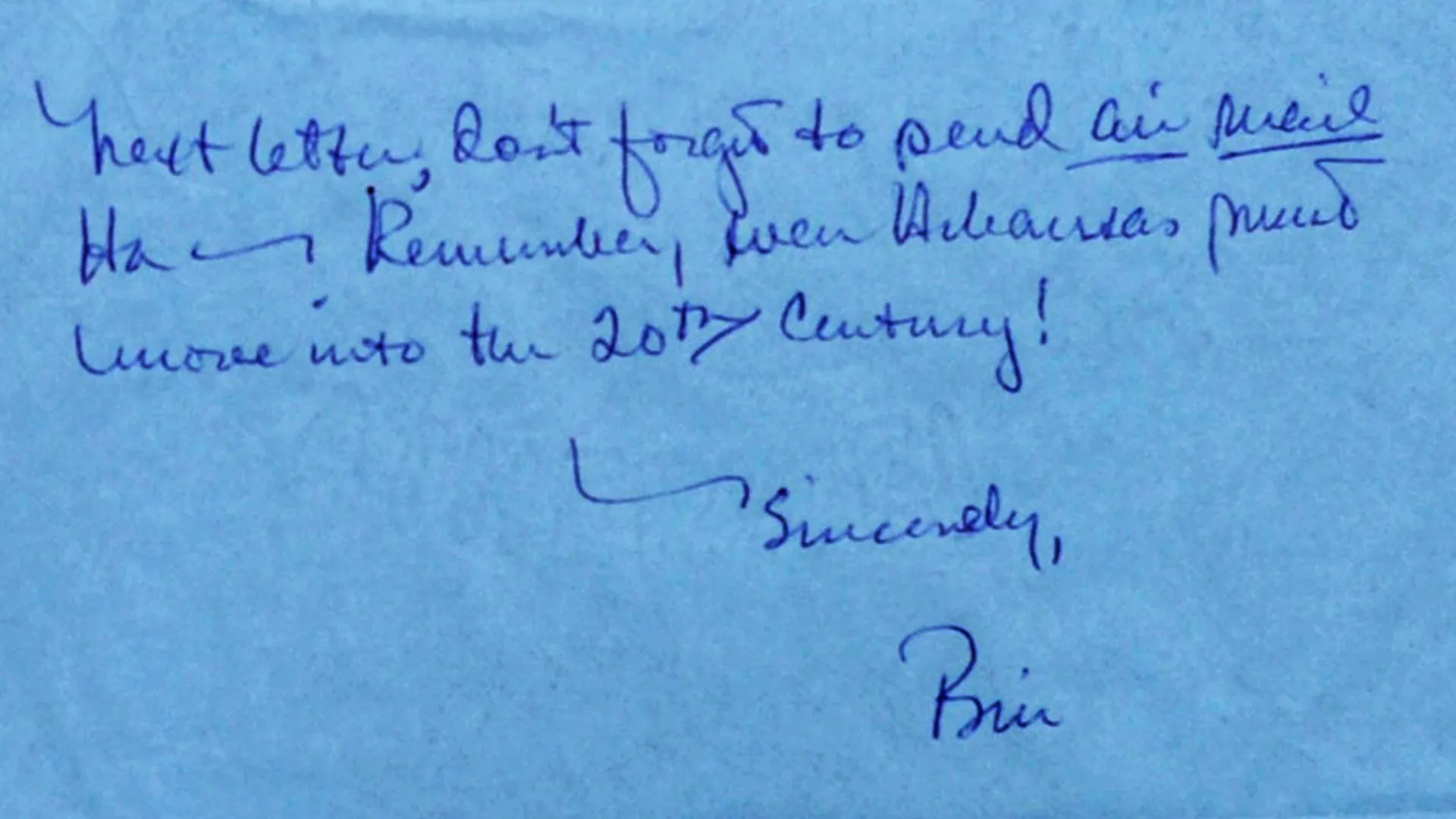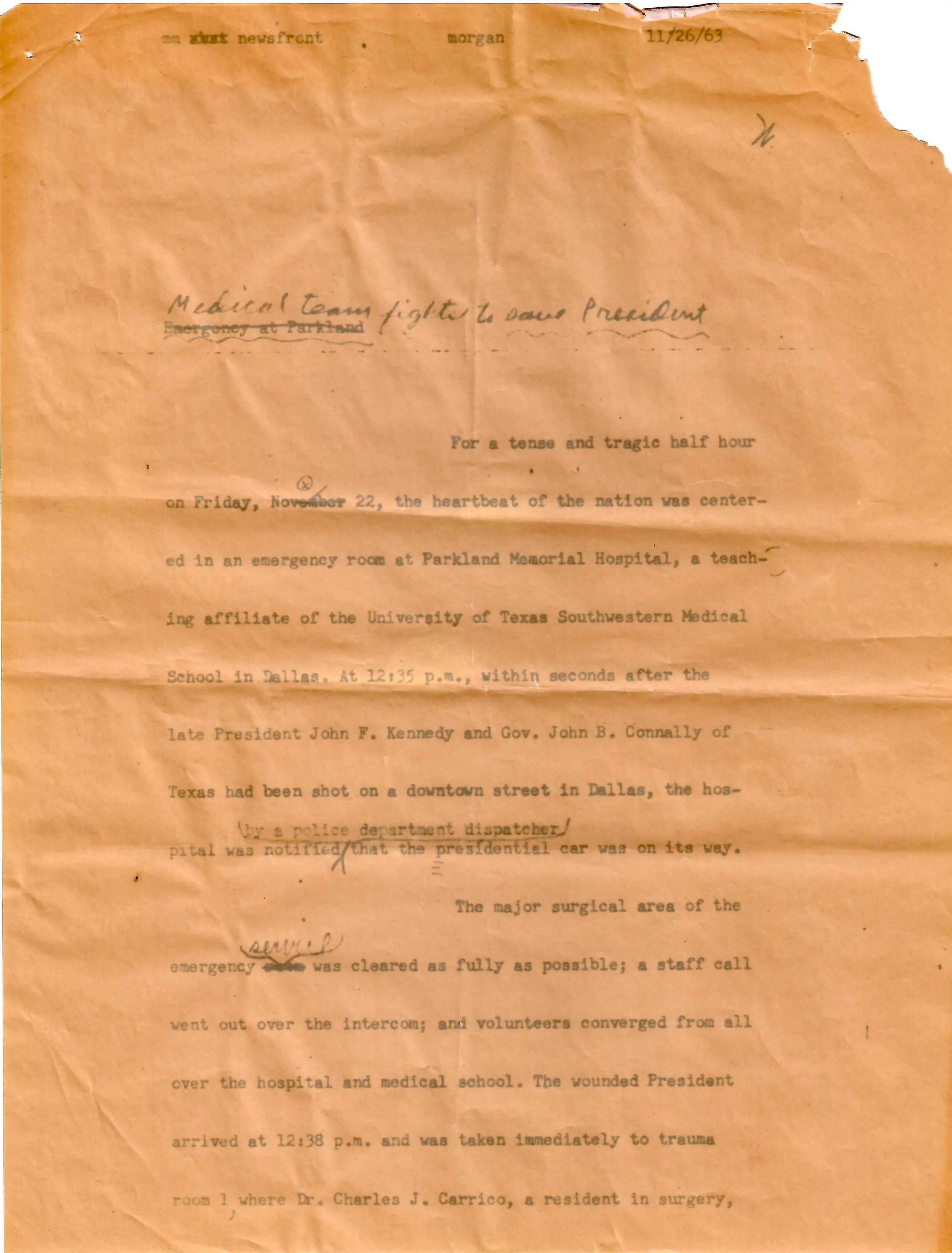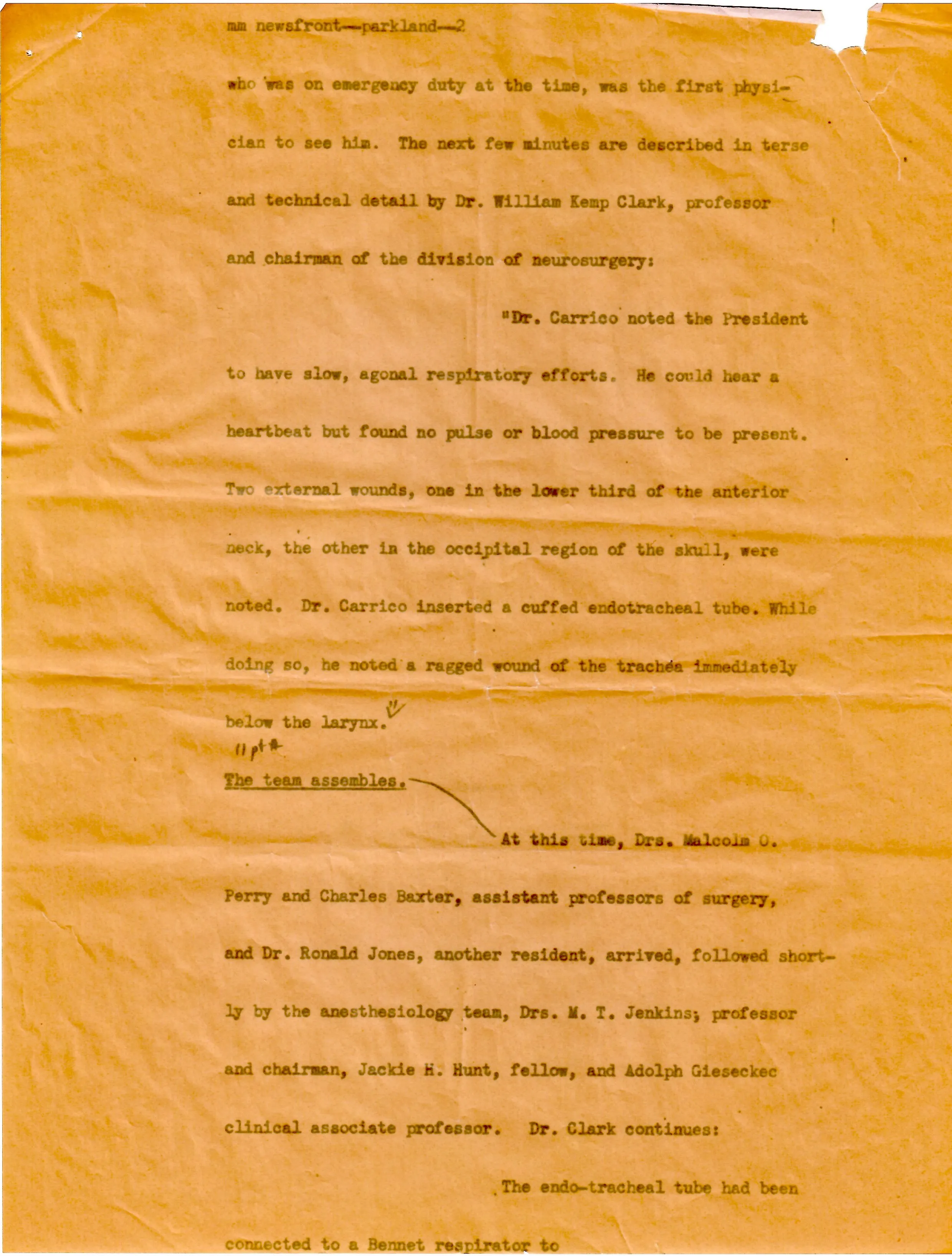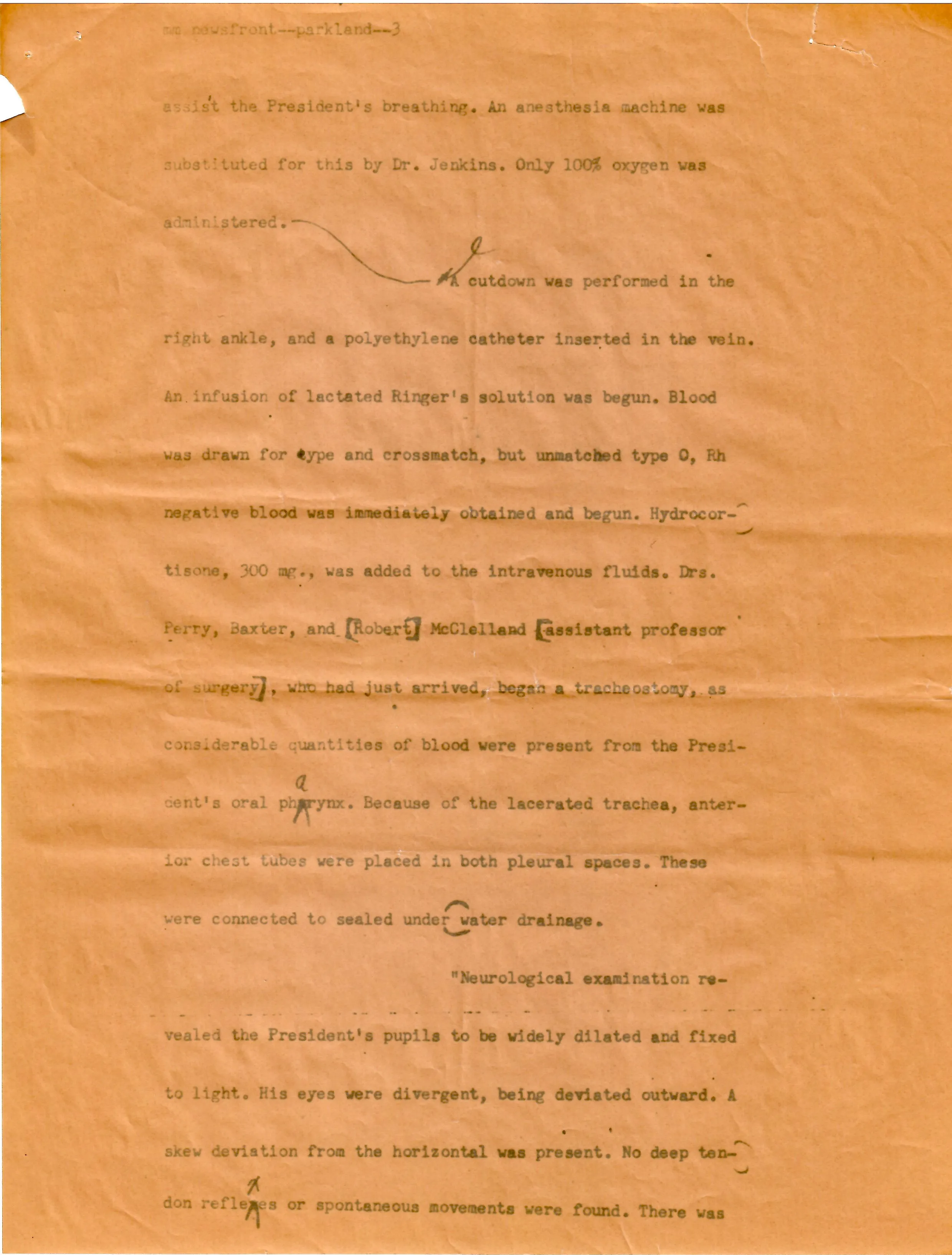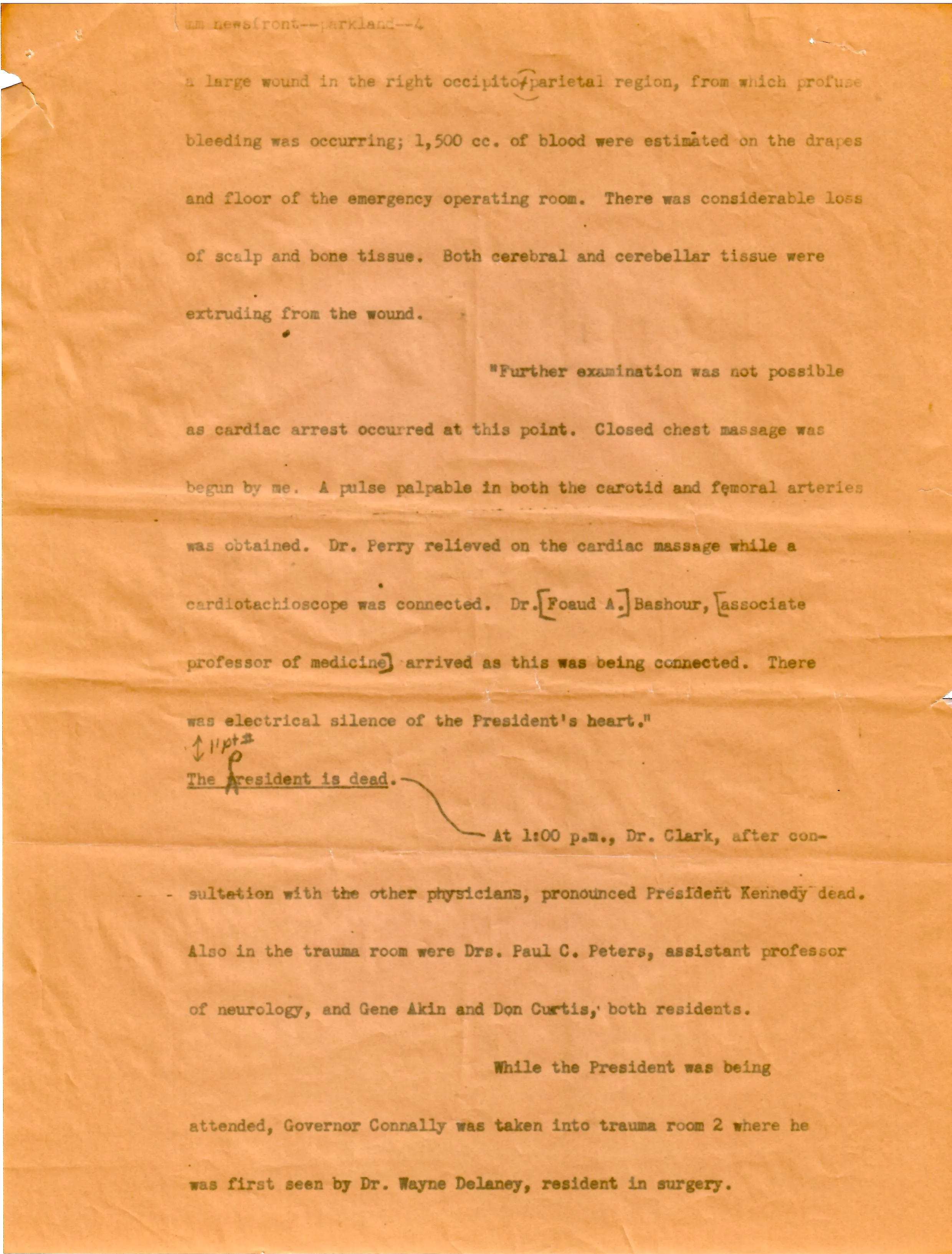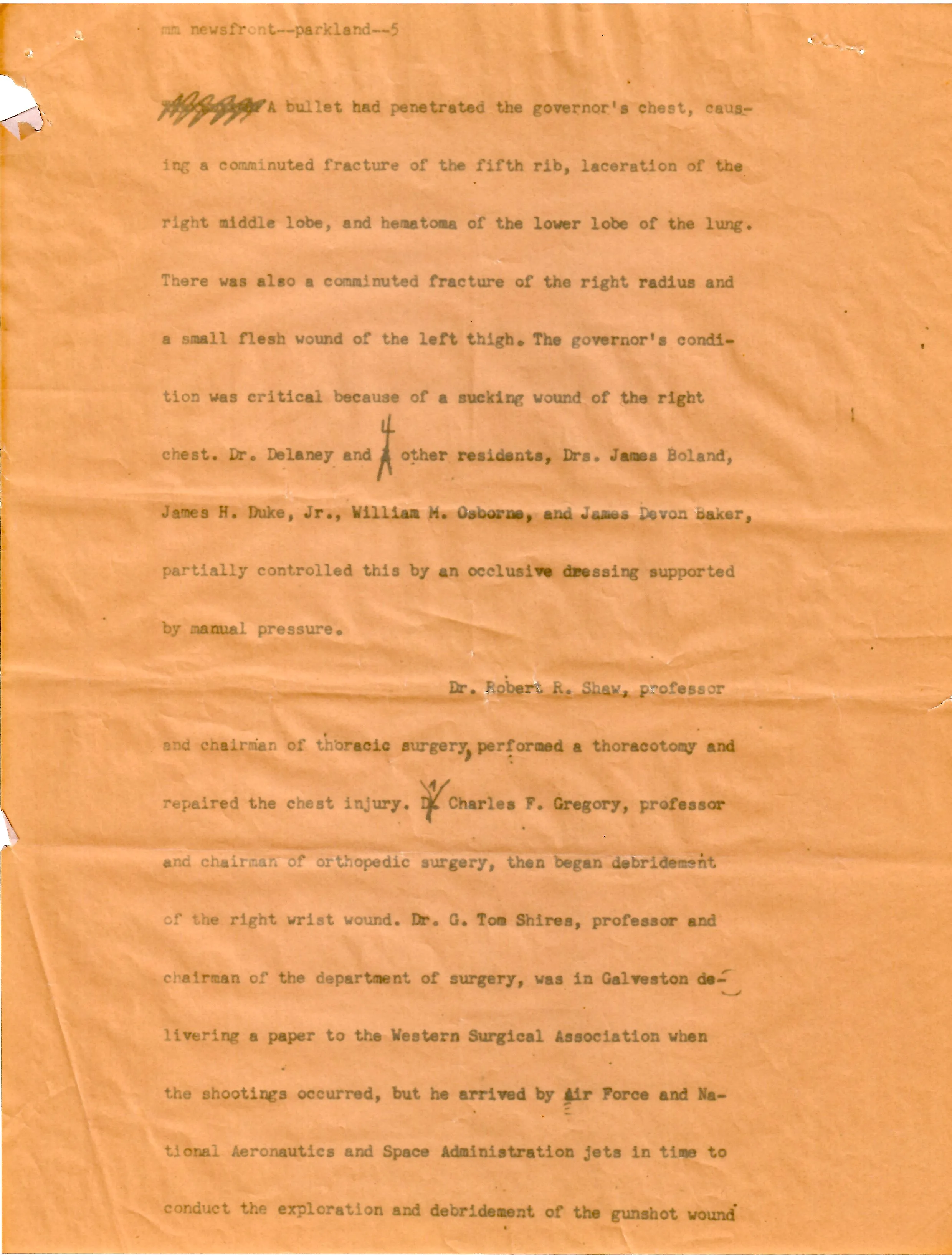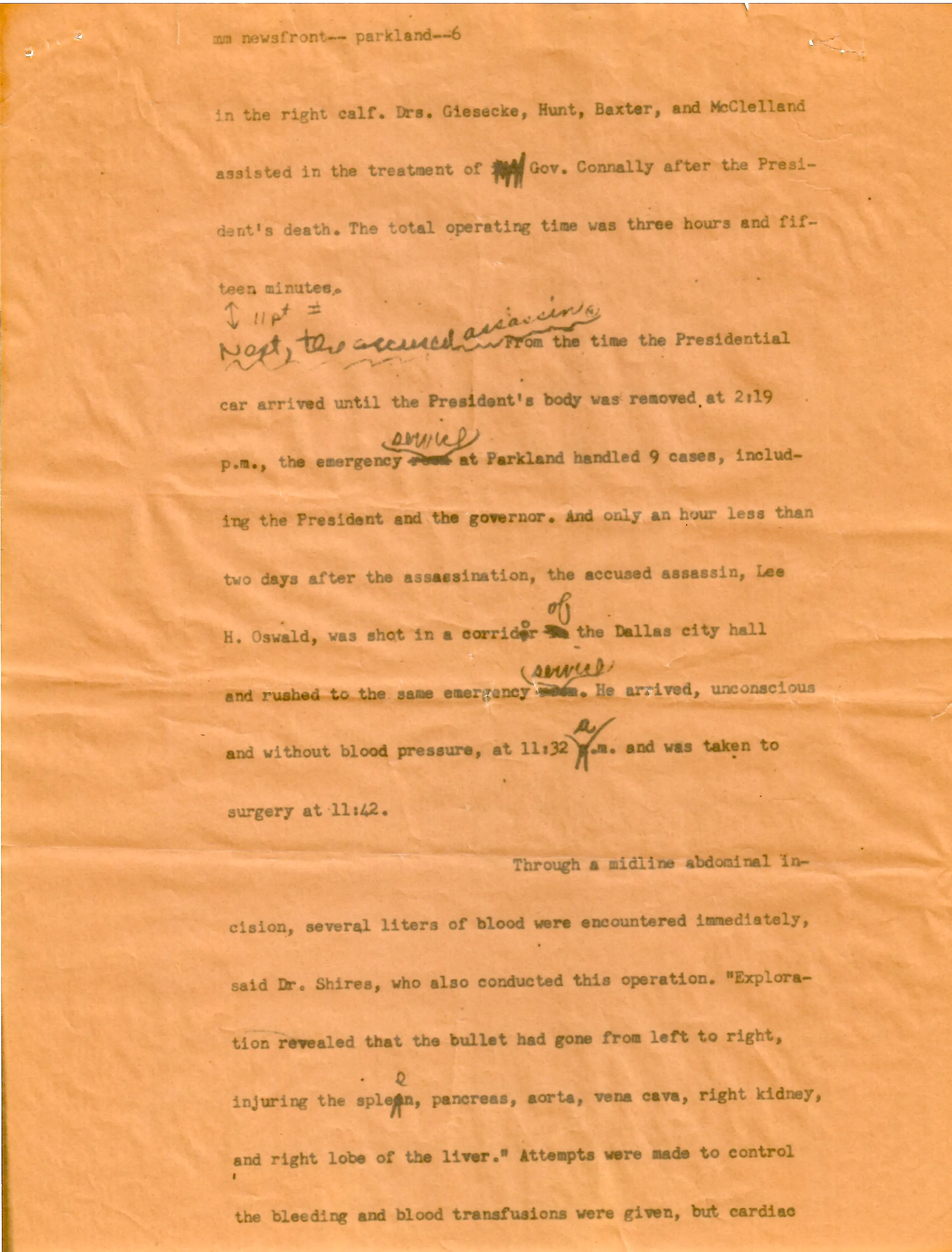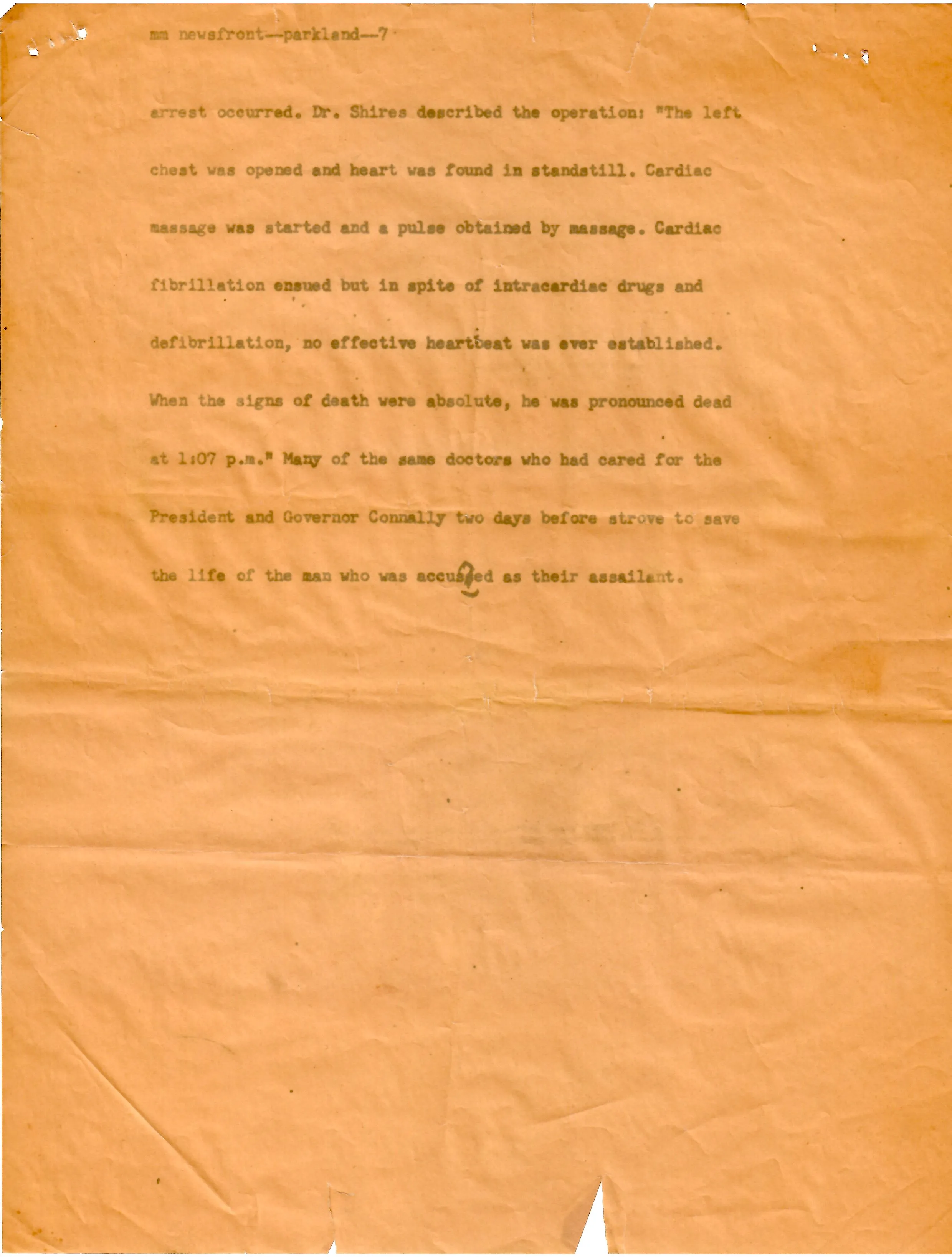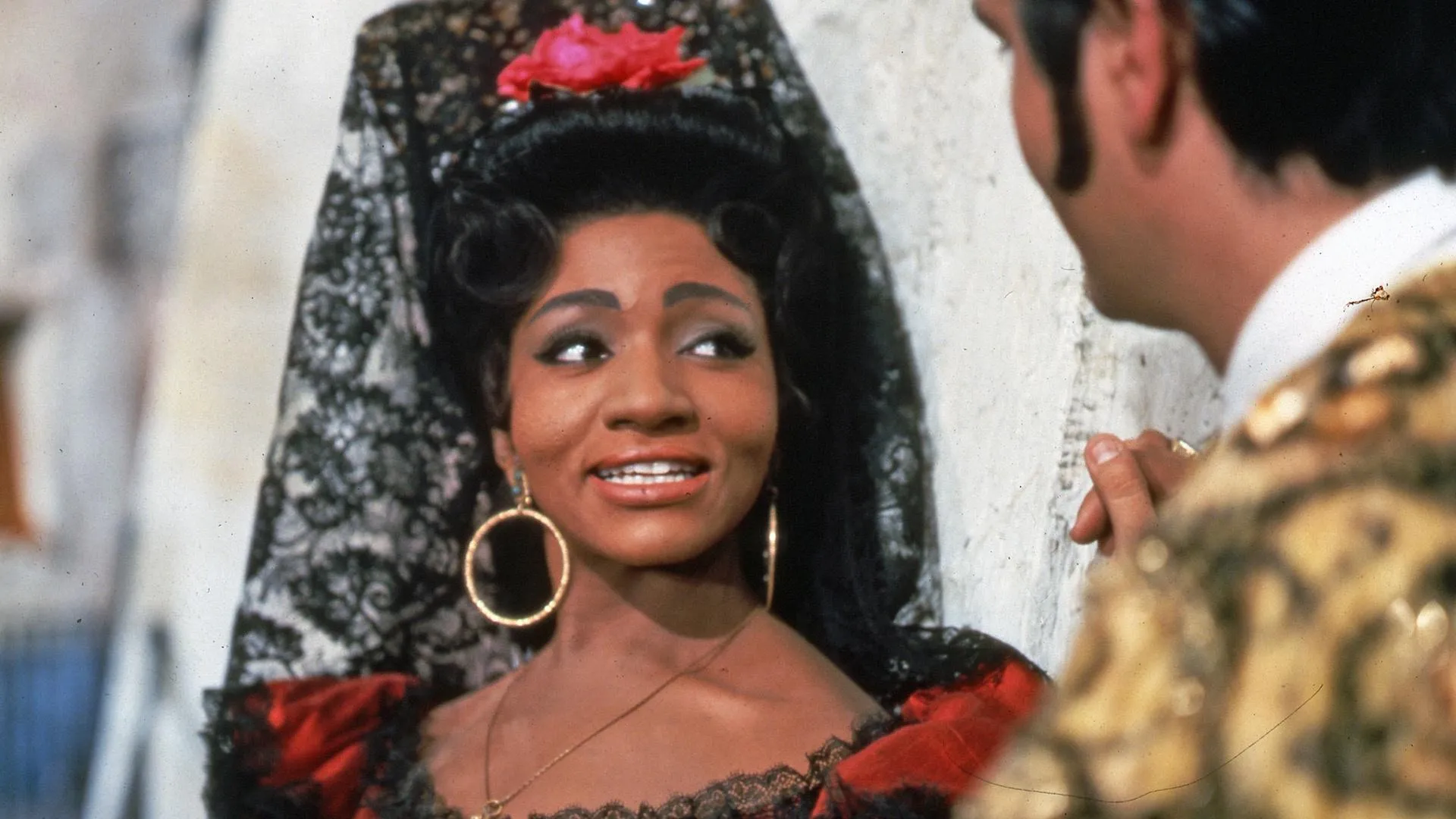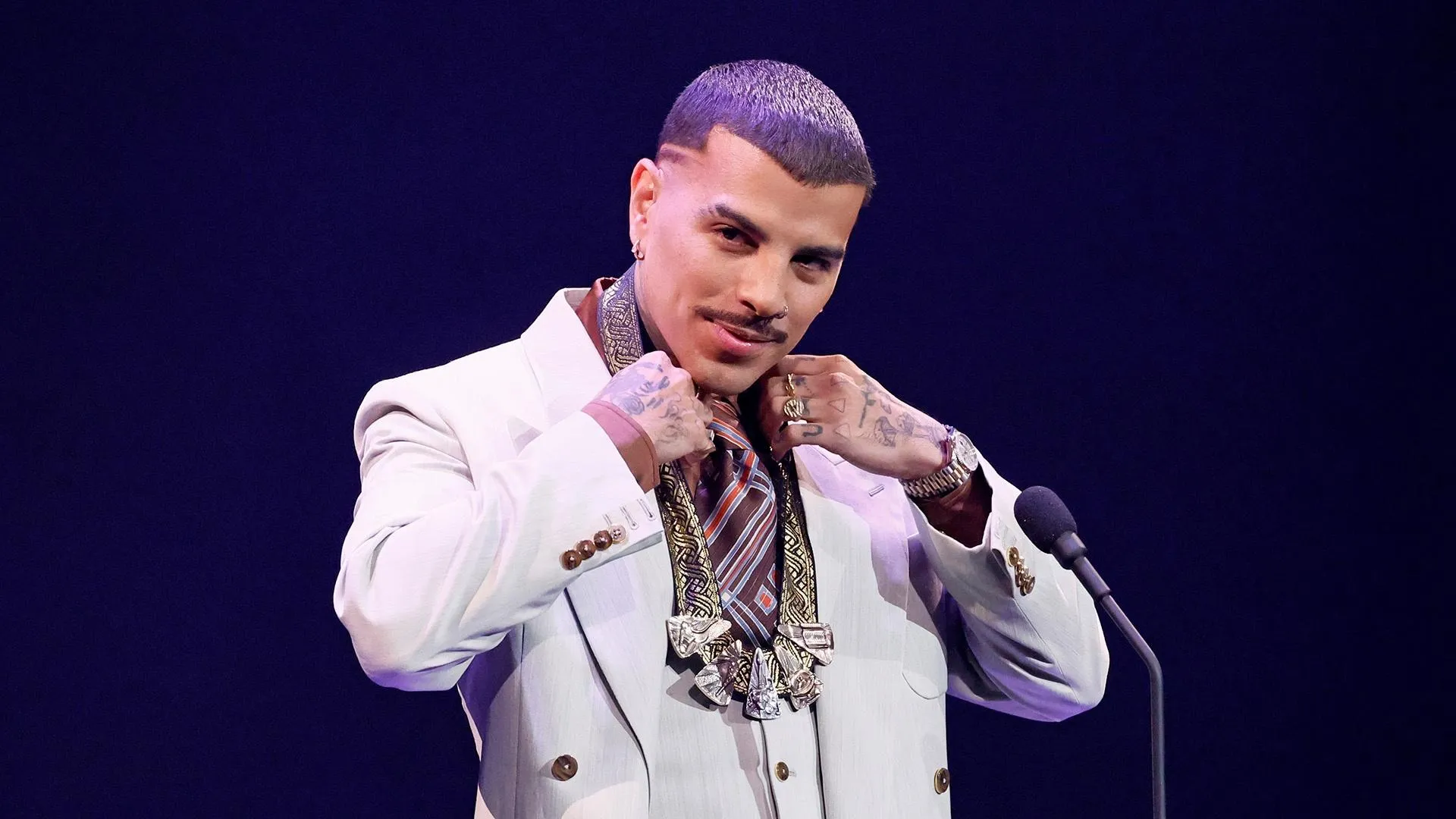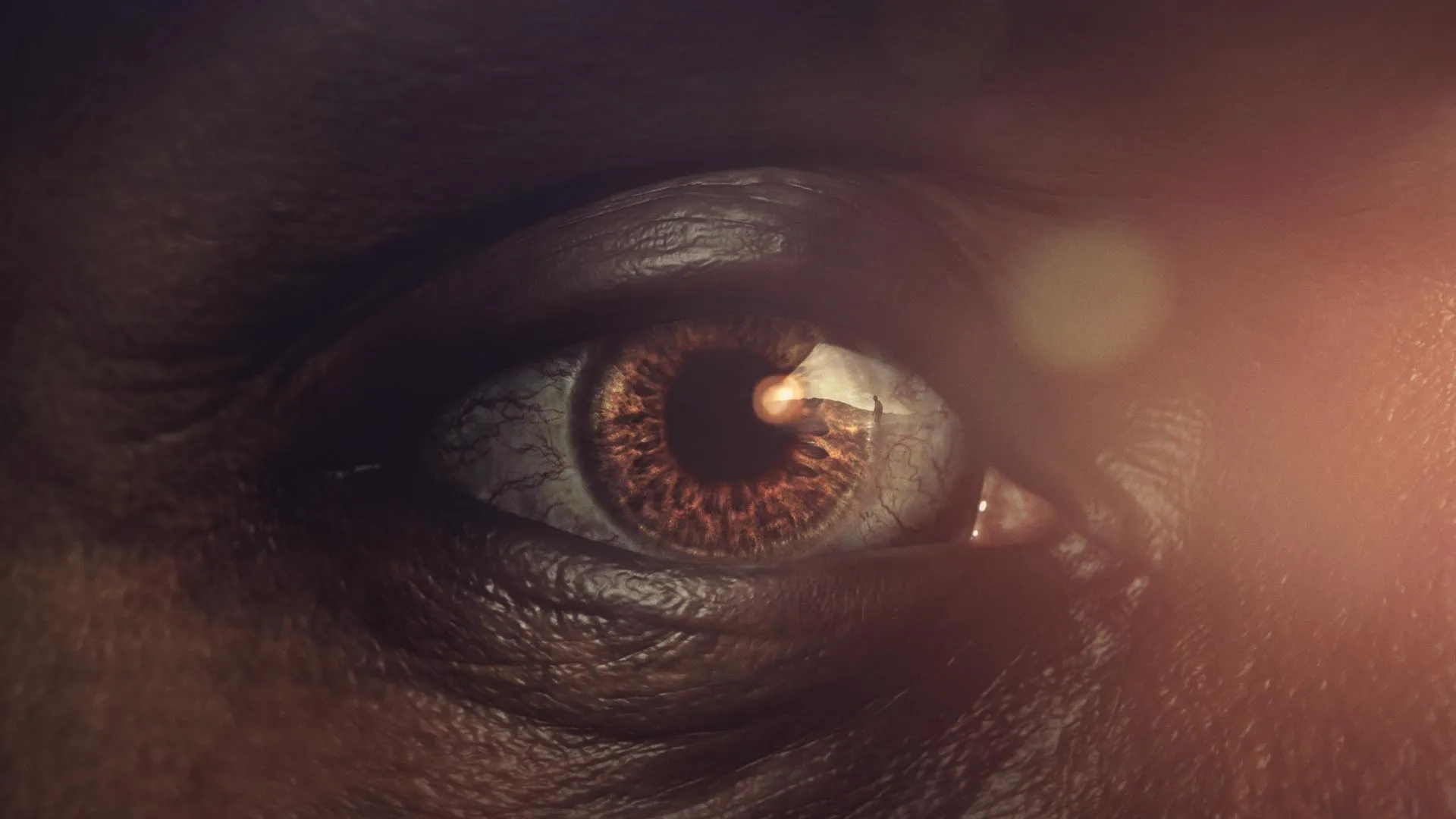News Report from Dallas Hospital After JFK's Shooting
In the days following President John F. Kennedy's assassination in Dallas on November 22, 1963, a reporter stationed at Parkland Memorial Hospital prepared the draft script of a news broadcast detailing doctors' desperate efforts to save the president's life. A guest at the May 2024 ANTIQUES ROADSHOW in Bentonville, AR, brought in what may be the only surviving physical copy of that particular report. See and read it here in full.
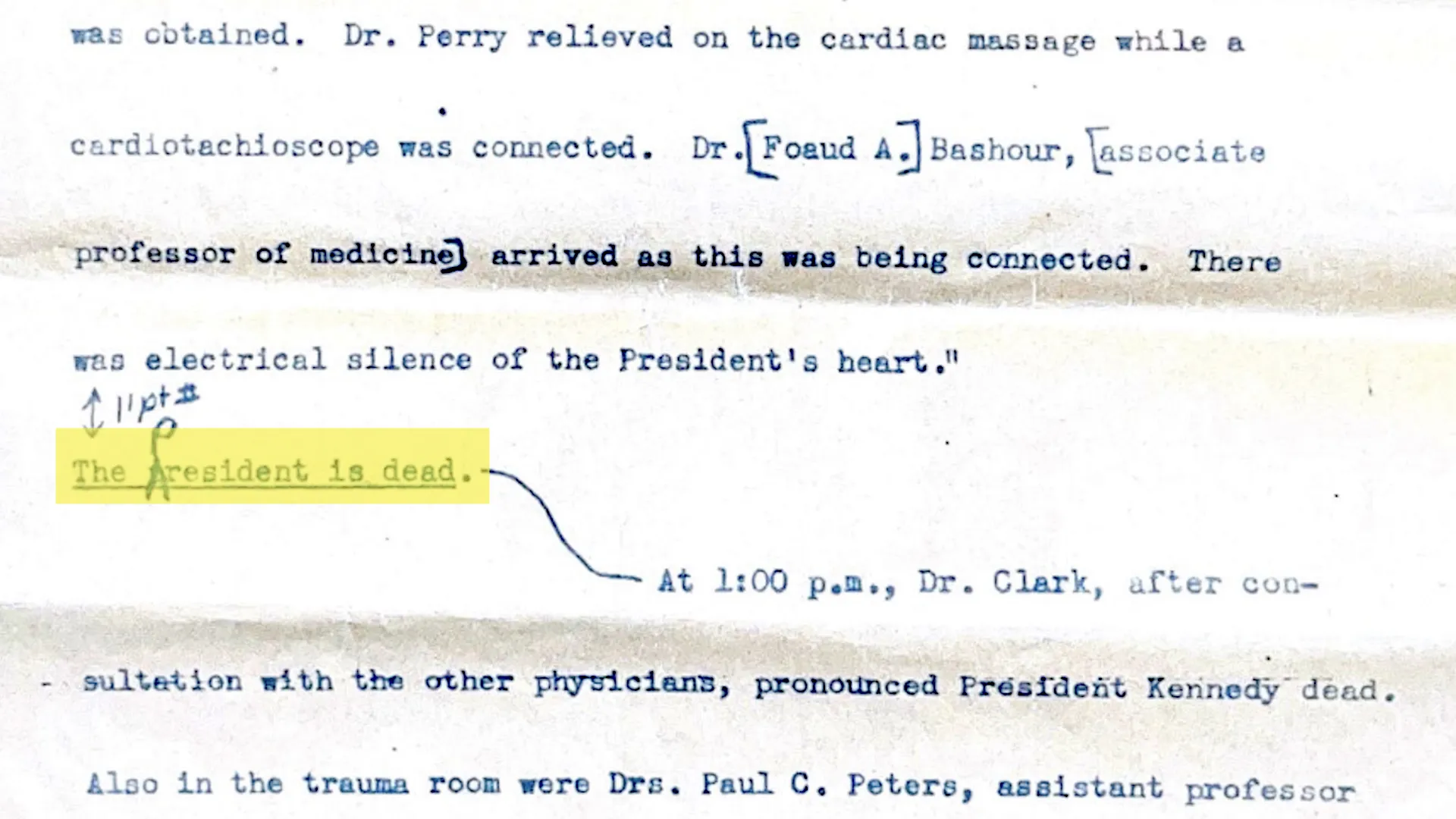
Jan 6, 2025
KEY POINTS FROM THIS ARTICLE:
- A rare carbon-copy news draft captures the urgent, minute-by-minute efforts by Parkland doctors to save President Kennedy after the 1963 Dallas shooting.
- Just two days later, many of the same physicians worked to save accused assassin Lee Harvey Oswald, who died after surgery for multiple internal injuries.
"Medical team fights to save President"
In the days following President JOHN F. KENNEDY's assassination in Dallas on November 22, 1963, a reporter stationed at Parkland Memorial Hospital prepared the draft script of a news broadcast detailing doctors' desperate efforts to save the president's life. A guest at the May 2024 ANTIQUES ROADSHOW in Bentonville, AR, brought in what may be the only surviving physical copy of that particular report. See and read it here in full.
On November 26, 1963, a reporter stationed at Parkland Memorial Hospital prepared the draft script of a news broadcast detailing doctors' desperate efforts to save the life President John Kennedy, who had been shot during a motorcade through Dealy Plaza in Dallas earlier that afternoon.
At the May 2024 ANTIQUES ROADSHOW in Bentonville, Arkansas, a guest named Bill brought in what may be the only surviving physical copy of that report, seven delicate pages of carbon paper. Books & Manuscripts expert Darren Winston gave the document an auction estimate of $500 to $750, telling Bill "These pages were in the hospital [and] are a witness to history ... and the historical value far exceeds the cash value."
See and read the fascinating draft report below.
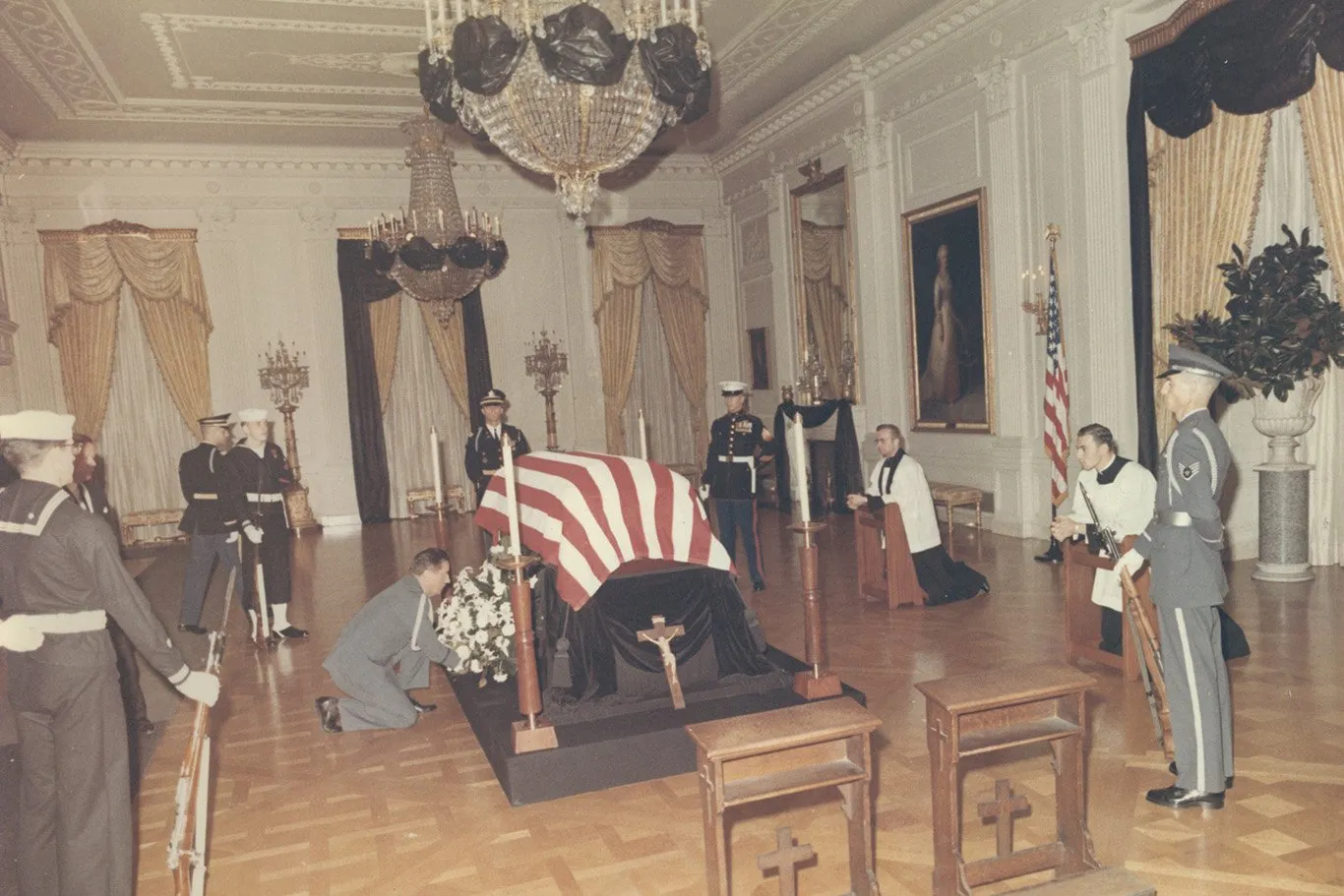
East Room, White House, November 23, 1963 — Cecil Stoughton, who served both President Kennedy and his successor Lyndon B. Johnson as official White House photographer, took this photo of the slain President's casket and guard of honor.
Photo courtesy Cecil W. Stoughton
Transcript of "Newsfront" Draft from Parkland Hospital, Dallas
Draft dated November 26, 1963
Medical team fights to save President.
For a tense and tragic half hour on Friday, November 22, the heartbeat of the nation was centered in an emergency room at Parkland Memorial Hospital, a teaching affiliate of the University of Texas Southwestern Medical School In Dallas. At 12:35 p.m., within seconds after the late President John F. Kennedy and Gov. John B. Connally of Texas had been shot on a downtown street in Dallas, the hospital was notified by a police department dispatcher that the presidential car was on its way.
The major surgical area of the emergency services was cleared as fully as possible; a staff call went out over the intercom; and volunteers converged from all over the hospital and medical school. The wounded President arrived at 12:38 p.m. and was taken immediately to trauma room 1, where Dr. Charles J. Carrico, a resident in surgery, who was on emergency duty at the time, was the first physician to see him. The next few minutes are described in terse and technical detail by Dr. William Kemp Clark, professor and chairman of the division of neurosurgery:
"Dr. Carrico noted the President to have slow, agonal respiratory efforts. He could hear a heartbeat but found no pulse or blood pressure to be present. Two external wounds, one in the lower third of the anterior neck, the other In the occipital region of the skull, were noted. Dr. Carrico inserted a cuffed endotracheal tube. While doing so, he noted a ragged wound of the trachea immediately below the larynx.
The team assembles.
At this time, Drs. Malcolm O. Perry and Charles Baxter, assistant professors of surgery, and Dr. Ronald Jones, another resident, arrived, followed shortly by the anesthesiology team, Drs. M. T. Jenkins, professor and chairman, Jackie H. Hunt, fellow, and Adolph Giesecke, clinical associate professor. Dr. Clark continues:
The endo-tracheal tube had been connected to a Bennet respirator to assist the President’s breathing. An aesthesia machine was substituted for this by Dr. Jenkins. Only 100% oxygen was administered. A cutdown was performed in the right ankle, and a polyethylene catheter inserted in the vein. An infusion of lactated Ringer’s solution was begun. Blood was drawn for type and crossmatch, but unmatched type O, Rh negative blood was immediately obtained and begun. Hydrocortisone, 300 mg., was added to the intravenous fluids. Drs. Perry, Baxter, and [Robert] McClelland [assistant professor of surgery], who had just arrived, began a tracheotomy, as considerable quantities of blood were present from the President’s oral pharynx. Because of the lacerated trachea, anterior chest tubes were placed in both pleural spaces. These were connected to sealed underwater drainage.
“Neurological examination revealed the President’s pupils to be widely dilated and fixed to light. His eyes were divergent, being deviated outward. A large wound in the right occipito-parietal region, from which profuse bleeding was occurring; 1,500 cc. of blood were estimated on the drapes and floor of the emergency operating room. There was considerable loss of scalp and bone tissue. Both cerebral and cerebellar tissue were extruding from the wound.
"Further examination was not possible as cardiac arrest occurred at this point. Closed chest massage was begun by me. A pulse palpable in both the carotid and femoral arteries was obtained. Dr. Perry relieved on the cardiac massage while a cardiotachioscope was connected. Dr.[Foaud A.] Bashour, [associate professor of medicine] arrived as this was being connected. There was electrical silence of the President's heart."
The President is dead.
At 1:00 p.m., Dr. Clark, after consultation with the other physicians, pronounced President Kennedy dead. Also In the trauma room were Drs. Paul C. Peters, assistant professor of neurology, and Gene Akin and Don Curtis, both residents.
While the President was being attended, Governor Connally was taken into trauma room 2 where he was first seen by Dr. Wayne Delaney, resident in surgery.
A bullet had penetrated the governor's chest, causing a comminuted fracture of the fifth rib, laceration of the right middle lobe, and hematoma of the lower lobe of the lung. There was also a comminuted fracture of the right radius and a small flesh wound of the left thigh. The governor's condition was critical because of a sucking wound of the right chest. Dr. Delaney and 4 other residents, Drs. James Boland, James H. Duke, Jr., William M. Osborne, and James Devon Baker, partially controlled this by an occlusive dressing supported by manual pressure.
Dr. Robert R. Shaw, professor and chairman of thoracic surgery, performed a thoracotomy and repaired the chest injury. Dr. Charles F. Gregory, professor and chairman of orthopedic surgery, then began debridement of the right wrist wound. Dr. G. Tom Shires, professor and chairman of the department of surgery, was in Galveston delivering a paper to the Western Surgical Association when the shootings occurred, but he arrived by Air Force and National Aeronautics and Space Administration jets in time to conduct the exploration and debridement of the gunshot wound in the right calf. Drs. Giesecke, Hunt, Baxter, and McClelland assisted in the treatment of Gov. Connally after the President's death. The total operating time was three hours and fifteen minutes.
Next, the accused assassin.
From the time the Presidential car arrived until the President's body was removed at 2:19 p.m., the emergency service at Parkland handled 9 cases, including the President and the governor. And only an hour less than two days after the assassination, the accused assassin, Lee H. Oswald, was shot in a corridor the Dallas city hall and rushed to the same emergency service. He arrived, unconscious and without blood pressure, at 11:32 a.m. and was taken to surgery at 11:42.
Through a midline abdominal incision, several liters of blood were encountered immediately, said Dr. Shires, who also conducted this operation. "Exploration revealed that the bullet had gone from left to right, injuring the spleen, pancreas, aorta, vena cava, right kidney, and right lobe of the liver." Attempts were made to control the bleeding and blood transfusions were given, but cardiac arrest occurred. Dr. Shires described the operation: “The left chest was opened and heart was found in standstill. Cardiac massage was started and pulse obtained by massage. Cardiac fibrillation ensued but in spite of intracardiac drugs and defibrillation, no effective heartbeat was ever established. When the signs of death were absolute, he was pronounced dead at 1:07 p.m.” Many of the same doctors who had cared for the President and Governor Connally two days before strove to save the life of the who was accused as their assailant.
President Kennedy Assassination — Draft News Report, Nov. 26, 1963
Luke Crafton is ANTIQUES ROADSHOW's director of digital content and managing editor of the series website. Luke has been a producer with ROADSHOW since 2006.
